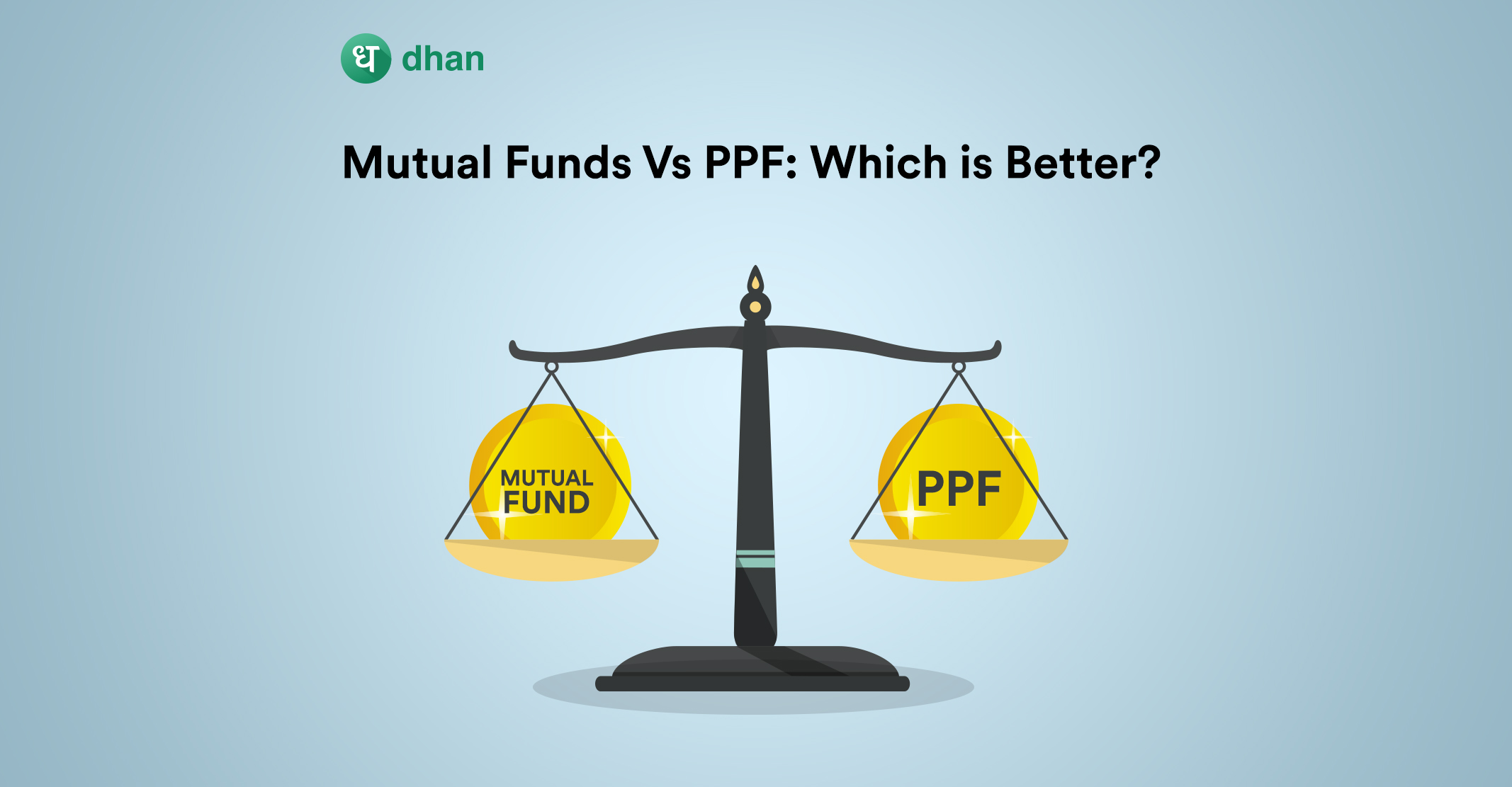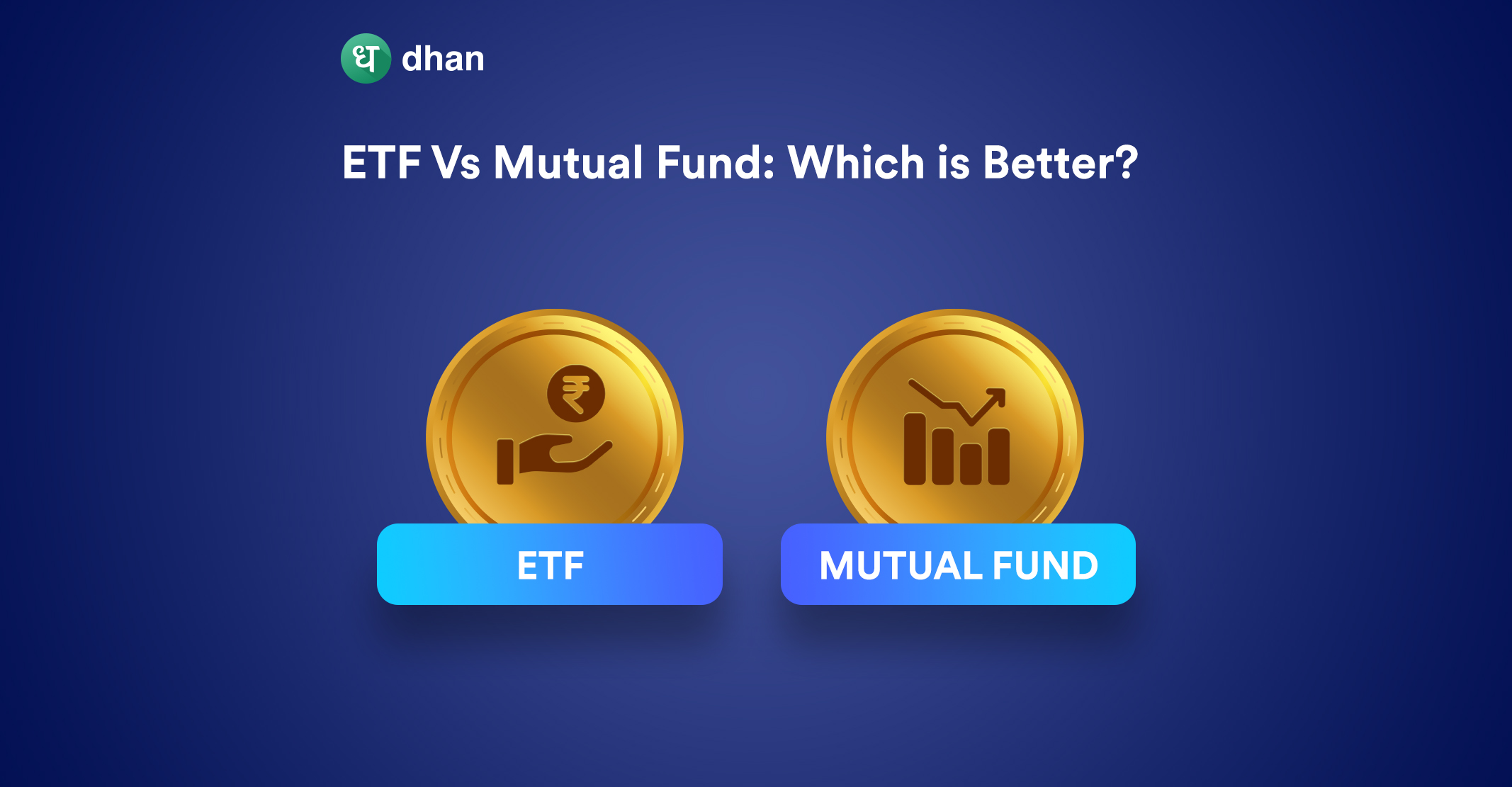There are thousands of scheme variations of online mutual funds in the Indian market. This means too many choices and too much confusion. We’re going to do away with the confusion by helping you understand how different types of mutual fund schemes in India are classified. Let’s get into it!
What are the Different Mutual Funds Schemes?
Here we will dive deep into the various types of mutual fund schemes so you can make the best investment decision based on your risk profile and wealth creation goals. Let us first discuss mutual funds based on their structure.
1. Based on Structure
Mutual funds schemes based on structure are classified as follows:
A. Open-Ended Schemes
You can invest in and exit an open-ended scheme at any time at the prevailing Net Asset Value (NAV). This means that you and other investors will have access to higher liquidity, making investments and redemptions easier.
That said, there may be an entry or exit load charged by open-ended funds on top of the expense ratio which you’ll have to pay once you redeem your investment. We’ve covered the various types of loads in mutual funds here: What is a Mutual Fund Load?
You can refer to the scheme offer document online to get a better idea of exit load and other associated charges. The corpus of open-ended mutual funds keeps changing as there are regular purchases and sales.
B. Close-Ended Funds
A close-ended scheme has a fixed maturity period. This type of mutual fund can be bought or redeemed only during its NFO (New Fund Offer) period. During the maturity period, the units of the closed-ended mutual funds are locked in.
The redemption amount is automatically credited to the investors at the end of the maturity period. Post that, you may purchase or sell the units of mutual funds on the stock exchanges where it is listed.
To offer an additional exit route to the investors, some close-ended schemes provide an option of selling the units to the fund.
C. Interval Funds
Interval funds are a type of mutual fund that offer both the benefits of open-ended and close-ended funds. Interval funds have a fixed maturity period, just like close-ended funds, but they also allow investors to buy and sell units during specific intervals, typically at the prevailing NAV.
2. Based on Investment Objective
The following mutual fund schemes are available based on the investment objective.
A. Growth Schemes
Growth schemes are mutual funds that invest primarily in equity and aim to generate long-term capital appreciation. These funds invest in stocks with a potential for high growth, rather than paying regular dividends.
You’ll notice that growth mutual funds are fairly common and more easily discoverable when you look to invest in mutual funds online.
B. Income Schemes
Income schemes are a type of mutual fund that primarily invests in fixed-income securities, such as bonds and debt instruments with the aim of generating a steady income for the investor. That’s why these funds are typically one of the top passive income ideas, especially for those who prefer consistent income over incremental returns.
C. Balanced Schemes
Balanced schemes, also known as hybrid funds, are mutual funds that invest in a combination of equity and debt securities and aim to provide a balance of growth and income. These funds invest a portion of the corpus in equity and a portion in debt instruments, offering a balance of risk and reward.
D. Money Market Schemes
These are the short-term schemes that invest in highly liquid assets or money market instruments such as treasury bills, commercial paper, certificates of deposits, and government bonds. Compared to various types of mutual fund schemes, this type of mutual fund is considered to be a low-risk option.
3. Special Schemes
Here are two mutual funds based on special schemes.
1. Index Schemes
Index schemes, also known as passive funds, are mutual funds that replicate the performance of a specific stock market index like Sensex or Nifty. The index funds generally invest in the same weightage as the index.
The NAV of such schemes increases or decreases corresponding to that particular index. It might not replicate the exact percentage but it surely moves in a similar direction. Index funds are ideal for investors who are seeking low-cost, passively managed investment options.
2. Sectoral Schemes
Sectoral schemes are mutual funds that invest in stocks of companies belonging to a specific sector or industry, such as technology, healthcare, or finance. Such funds provide exposure but can be volatile as the performance is linked to a specific sector. These are known to be suitable for investors who are willing to take on a bit more risk and are seeking higher returns.
Conclusion
Mutual funds offer a range of options to cater to different investment goals and risk appetites. It is crucial to understand the different mutual fund schemes, their investment objectives, and the associated risks before making an investment decision.
To summarize, these are the types of mutual fund schemes available in India:
1. Based on Structure
- Open-Ended Schemes
- Close-Ended Schemes
- Interval Funds
2. Based on Investment Objective
- Growth Schemes
- Income Schemes
- Balanced Schemes
- Money Market Schemes
3. Special Schemes
- Index Schemes
- Sectoral Schemes



